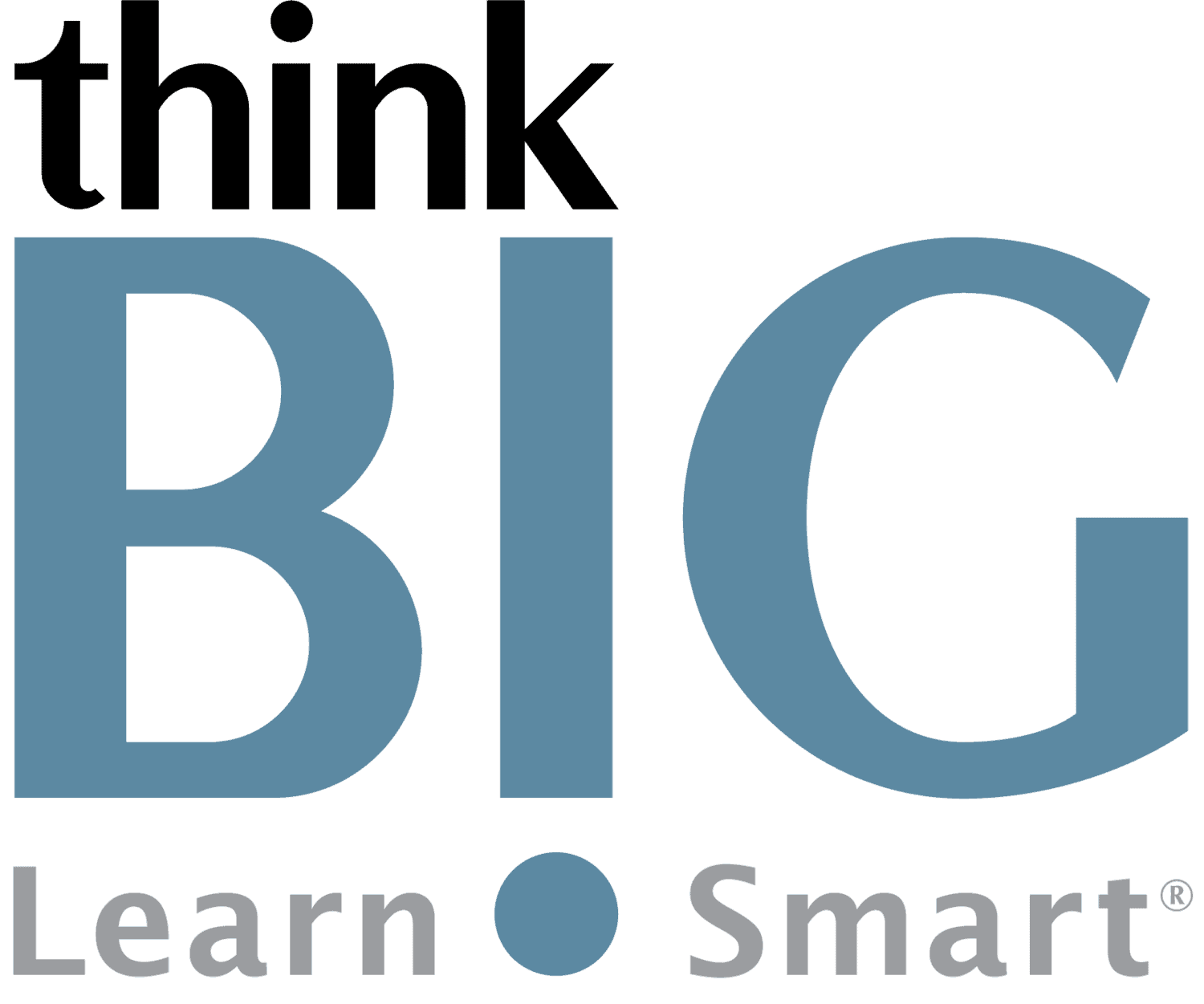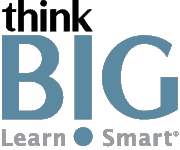
Plan Your Path with the 508 Accessibility Training Smart Track!
Who is this for?
Designed for new or experienced users needing to remediate documents, websites, or eLearning projects for compliance. Opt to take one course or bundle many and save with our SmartPass Learning License!
Why choose this?
It’s the most efficient method to acquire skills and best practices with live, expert-led, hands-on exercises, ensuring your projects meet 508 Accessibility Compliance.
How does this work?
Just log in to our VOLT™ (Virtual Online Live Training) class computers with pre-installed software, and get immediate learning support through live screen view – no installs or downloads needed!

Equal Access For Individuals with Disabilities

Federal Electronic Content Must Be Accessible

Required by Law For Federal & Funded Organizations
PDF 508 Accessibility Learning Path
Acrobat Section 508 Accessibility - Intro with AI
Acrobat Section 508 Accessibility - Advanced with AI
In this hands-on, two-day Adobe Acrobat Pro Section 508 Accessibility Advanced with AI training course, learners will take their PDF accessibility skills to the next level by mastering assistive tools and intelligent workflows powered by AI.
Acrobat Section 508 Accessibility with AI - BootCamp (Intro + Adv)
In this four-day, hands-on Adobe Acrobat Section 508 Accessibility with AI BootCamp Training Course, you become familiar and come into compliance with the Federal Government’s ADA Section 508 accessibility regulations.
InDesign Accessibility Creating 508 Compliant PDFs
In this hands-on, two-day Adobe InDesign Accessibility – Creating 508 Compliant PDFs training course, students learn InDesign techniques for Section 508 accessibility, Alt-text writing, and applying export tags for Accessible PDFs.
Web & E-Learning 508 Accessibility Learning Path
Web Accessibility Section 508 Compliance - Intro
In this hands-on, two-day Introduction to Website Accessibility course is an introduction to website accessibility and accessibility legislation, including Section 508 (including the 2017 updates)
Web Accessibility for Web Pages & Apps Compliance - Advanced
In this hands-on, two-day Advanced Web Accessibility course, students take a deeper dive into modern techniques for web accessibility using WAI-ARIA, HTML5, and CSS.
Web Accessibility - BootCamp (Intro + Adv)
In this hands-on, four-day Web Accessibility, WCAG 2.0, Section 508, & WAI-ARIA Compliance, with Advanced Web Pages & Applications training course introduces you to web content accessibility and usability for people with physical or cognitive disabilities.
Storyline 508 Accessibility
In this hands-on, two-day Articulate Storyline 360 Accessibility: Creating 508 Compliant eLearning Courses training, you will learn how to make your eLearning courses accessible meeting 508 and WCAG guidelines. This course will cover how to design navigation, visuals, audio, media, and animations to be accessible for users with disabilities.
Get a quote from our experts on your remediation project today!
508 Accessibility Frequently Asked Questions
What is 508 accessibility compliance?
508 accessibility compliance refers to adherence to the accessibility standards outlined in Section 508 of the Rehabilitation Act. It ensures that digital content and technology are accessible to people with disabilities, making it possible for them to access, use, and interact with digital projects.
What types of build projects require 508 accessibility compliance?
A wide range of digital projects may require 508 accessibility compliance, including government websites, educational platforms, e-commerce websites, mobile applications, healthcare websites, social media platforms, and more. Essentially, any project that involves digital content or technology should consider accessibility.
Is 508 accessibility compliance mandatory for all projects?
While it is mandatory for federal agencies in the United States and their technology vendors, it’s increasingly considered best practice and a legal requirement in many cases. Organizations and institutions often adopt these standards voluntarily to ensure inclusivity and to avoid legal complications.
Why is 508 accessibility compliance important for building projects?
508 accessibility compliance is essential to ensure that digital projects are inclusive and can be used by everyone, regardless of their abilities. It’s not just a legal requirement but also a matter of social responsibility and ethical consideration.
How can I check if my build project is 508 compliant?
You can use various accessibility testing tools and conduct manual accessibility audits to evaluate your project’s compliance. Additionally, consider consulting with accessibility experts or involving people with disabilities in user testing to identify any issues.
What are some common accessibility features to implement in build projects?
Common accessibility features include providing alternative text for images, ensuring keyboard navigation, creating structured content with headings, using semantic HTML, offering text transcripts for multimedia content, and maintaining proper color contrast.
What are the consequences of non-compliance with 508 accessibility standards?
Non-compliance can lead to legal repercussions, such as lawsuits and penalties. It may also result in exclusion of potential users, loss of customers, and damage to an organization’s reputation.
Can accessible design improve the user experience for all users, not just those with disabilities?
Yes, accessible design often leads to an improved user experience for all users. For example, well-structured content is easier to navigate, and text alternatives for images can be helpful to a broader audience. Inclusivity benefits everyone.
Are there any financial incentives for ensuring 508 accessibility compliance in build projects?
While avoiding legal consequences and potential lawsuits is a significant financial incentive, making projects accessible can also expand your customer base, increase user engagement, and boost your project’s overall success.
Where can I find resources and guidelines to help with 508 accessibility compliance for my build project?
The Web Content Accessibility Guidelines (WCAG) are a widely recognized set of guidelines that provide detailed information on web accessibility. In addition, government agencies often provide resources and documentation specific to 508 compliance. Consulting with accessibility experts and using online accessibility evaluation tools can also be helpful.
What Type of Projects Require 508 Accessibility Compliance
In today’s digital age, accessibility has become a critical consideration for any project, especially those involving technology and online content. Ensuring that everyone, regardless of their abilities, can access and use digital resources is not just a matter of ethics and social responsibility but also a legal requirement. The Section 508 of the Rehabilitation Act is a law that mandates accessibility standards for federal agencies and their technology vendors in the United States. However, its principles and guidelines have had a significant impact beyond the federal sector, making accessibility a crucial concern for a wide range of projects. In this blog post, we’ll explore the types of projects that require 508 accessibility compliance and why it matters.
Government Websites and Applications
The most obvious domain where 508 accessibility compliance is mandatory is in government websites and applications. Federal agencies must ensure that their digital platforms are accessible to all citizens, including those with disabilities. This means providing accessible content, documents, forms, and interactive features so that everyone can access government services and information, regardless of their abilities.


Educational Institutions
Educational institutions, from K-12 schools to colleges and universities, have a responsibility to provide accessible digital resources. This includes websites, learning management systems, and educational content. Ensuring accessibility is not only a legal requirement but also an ethical obligation to provide equal educational opportunities to all students, including those with disabilities.
E-commerce Websites
E-commerce websites are a significant part of the online economy. Ensuring that these websites are accessible is not only essential for inclusivity but also good for business. People with disabilities represent a substantial consumer base, and making your e-commerce platform accessible can lead to increased sales and customer loyalty.

Healthcare and Medical Websites
Healthcare and medical websites play a critical role in providing information, services, and support to individuals with health conditions and disabilities. Ensuring that these platforms are 508 compliant is vital for making healthcare resources accessible to all, including those who may need it the most.
Financial Institutions
Accessibility in the financial sector is crucial. People with disabilities need to manage their finances, access banking services, and conduct transactions like anyone else. Financial institutions must ensure that their websites, online banking systems, and mobile applications are accessible to all users.
Social Media Platforms
In recent years, social media has become a primary means of communication and information sharing. Social media platforms must provide accessible interfaces and features, enabling people with disabilities to participate fully in the digital discourse. Ensuring accessibility in social media benefits society as a whole by promoting inclusivity and diverse perspectives.
Mobile Apps
Mobile applications have become an integral part of our daily lives, providing a wide range of services and entertainment. Whether it’s a ride-sharing app, a food delivery app, or a fitness tracking app, these platforms must adhere to accessibility guidelines. 508 compliance ensures that people with disabilities can use mobile apps effectively, enhancing their quality of life.
Why 508 Accessibility Compliance Matters
- Legal Obligation: Failing to comply with 508 accessibility standards can result in legal consequences, including lawsuits and penalties. Non-compliance is not an option, especially for organizations in the public sector.
- Market Reach: Ensuring accessibility broadens your audience reach. By making your projects accessible, you include people with disabilities, increasing your potential customer base and user engagement.
- Ethical Responsibility: Accessibility is not just about following the law; it’s also about doing the right thing. It reflects an organization’s commitment to inclusivity, diversity, and social responsibility.
- User Experience: Accessible projects provide a better user experience for everyone, not just those with disabilities. They often lead to improved usability and user satisfaction.
508 accessibility compliance is no longer an option; it’s a requirement for a wide range of projects in today’s digital world. Ensuring accessibility not only keeps you in compliance with the law but also aligns with the principles of inclusivity and equity. Whether you’re working on a government website, an educational platform, an e-commerce site, or a mobile app, making it accessible to all is the responsible and forward-thinking choice. Remember, inclusivity is not just a legal requirement; it’s a moral and social imperative that benefits everyone in society.


